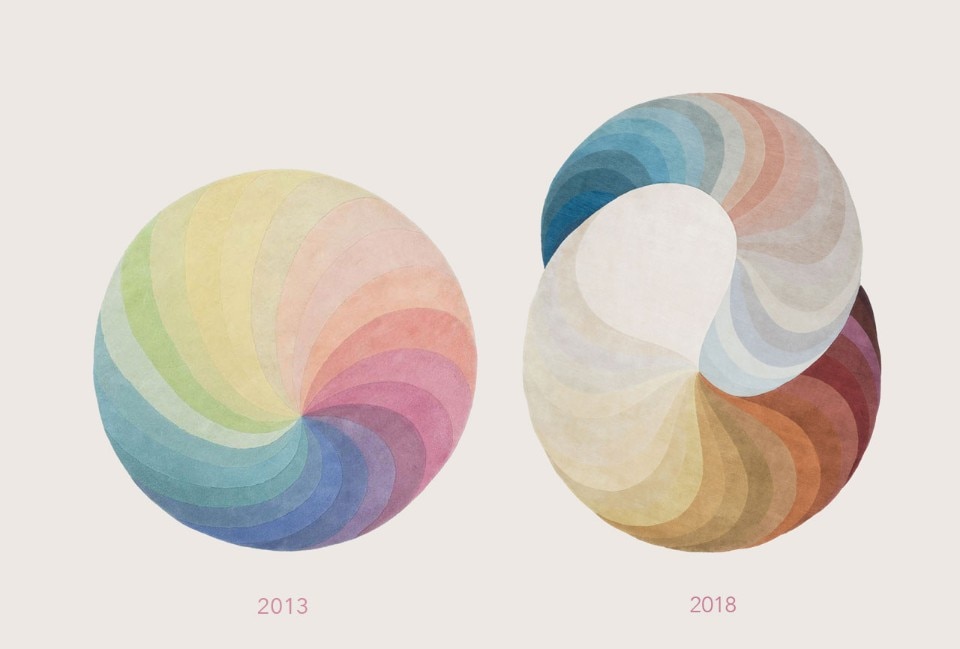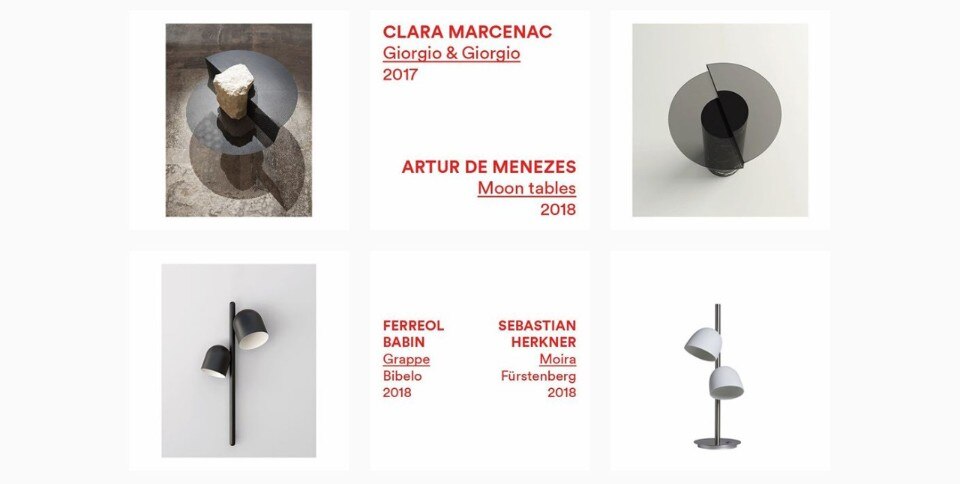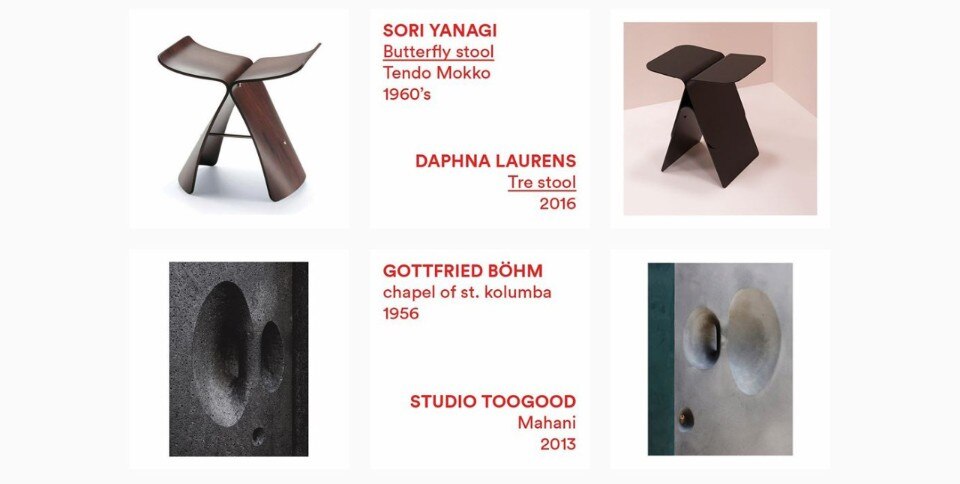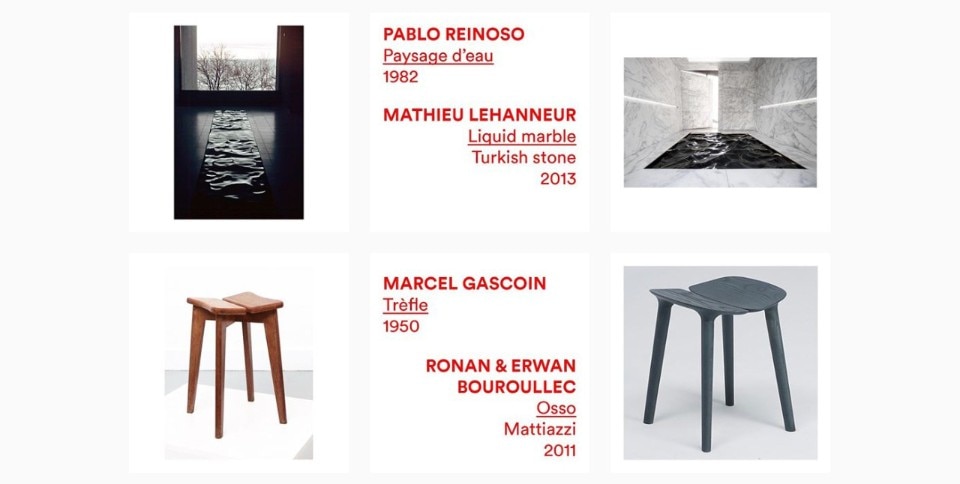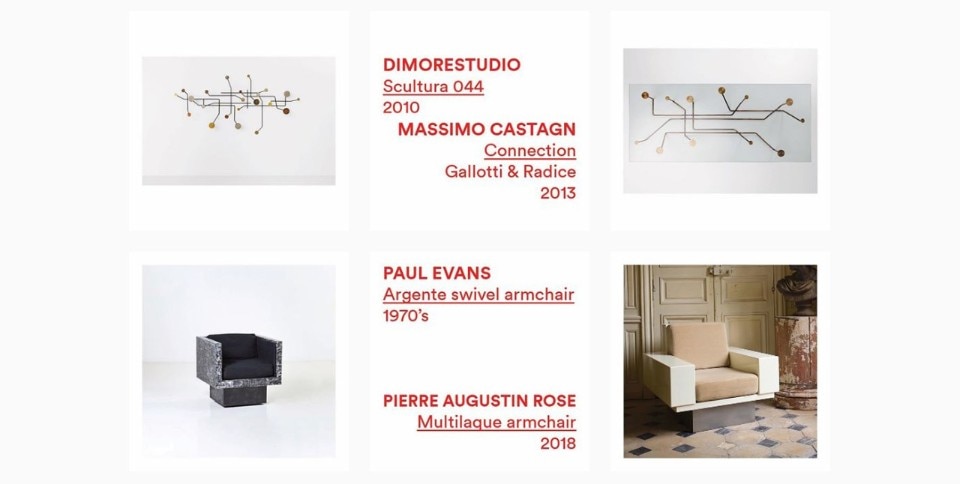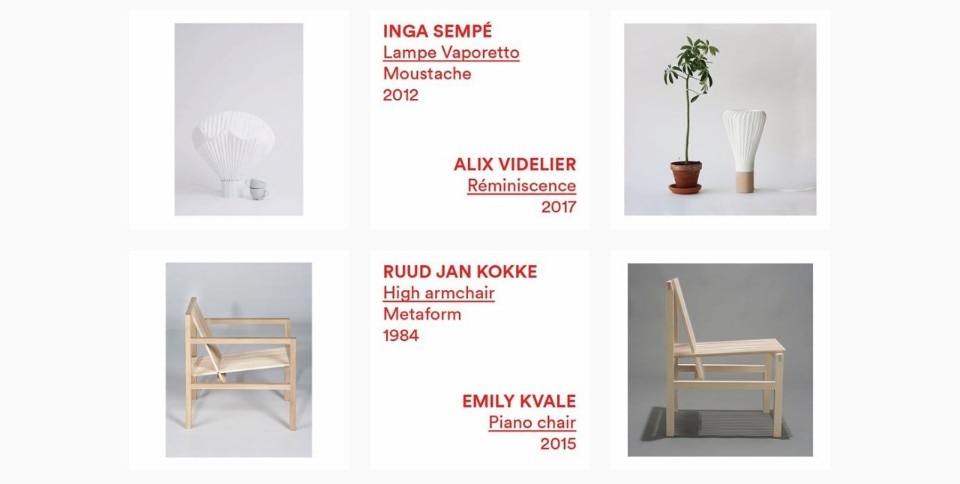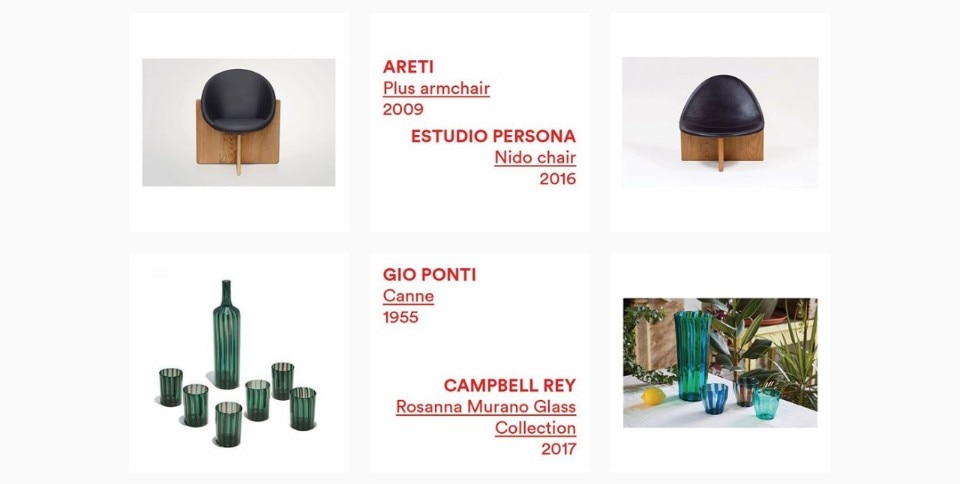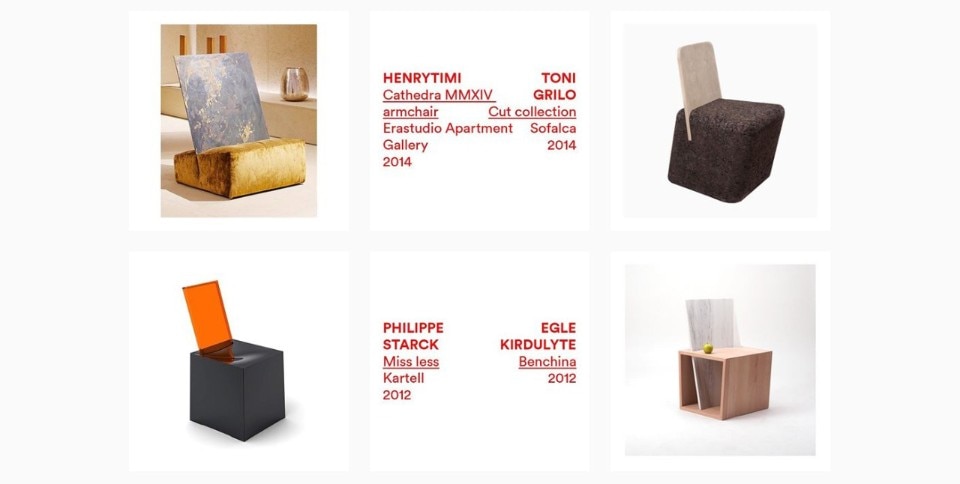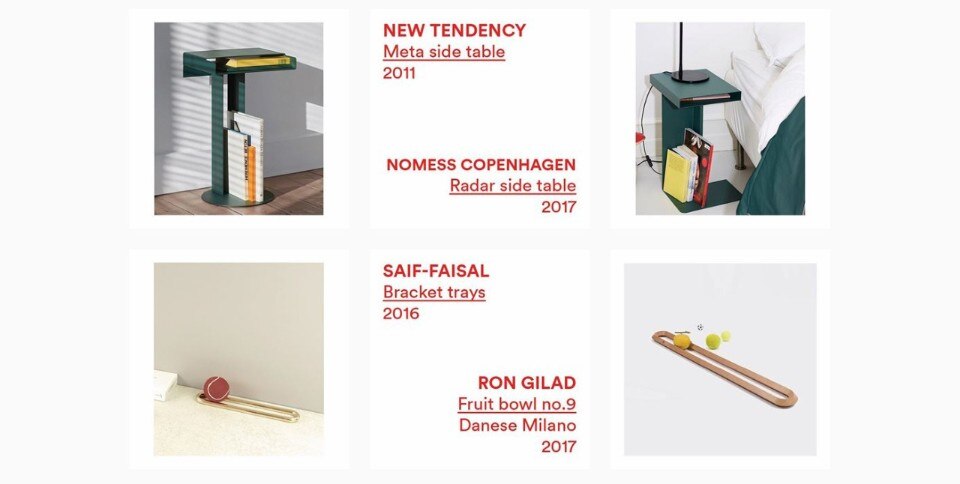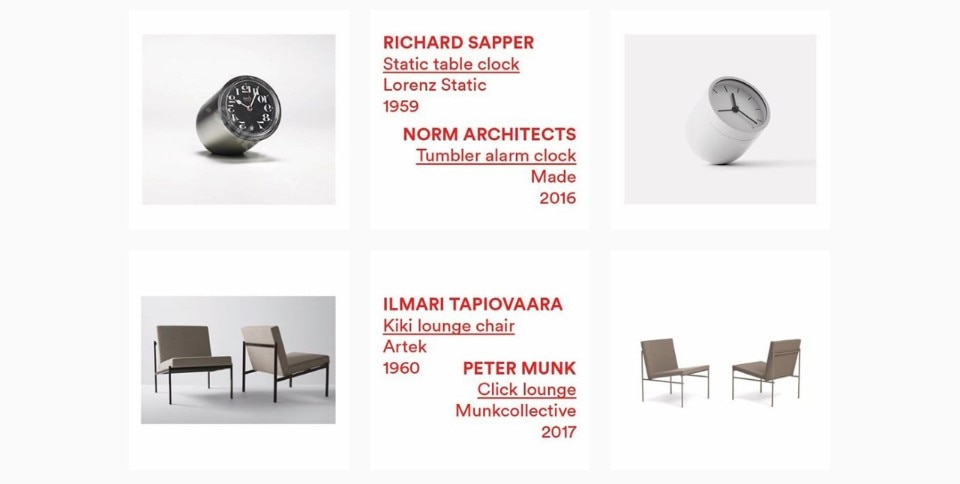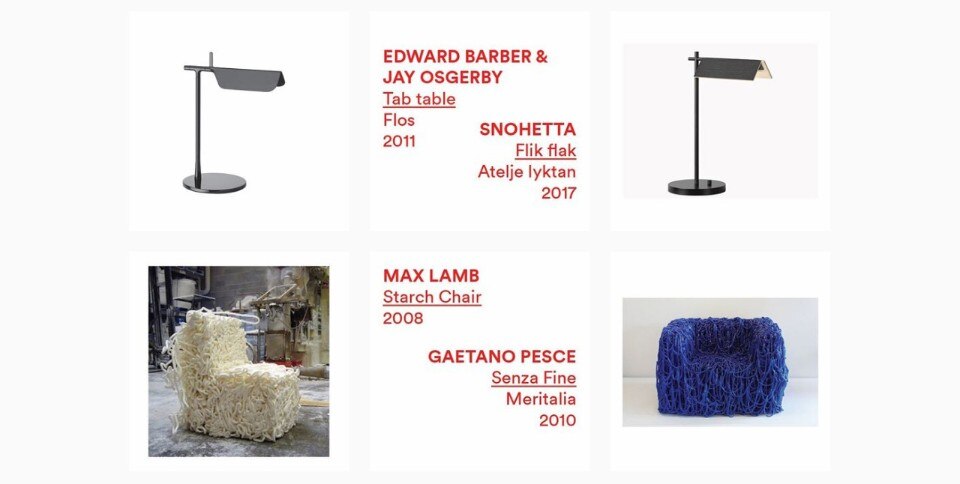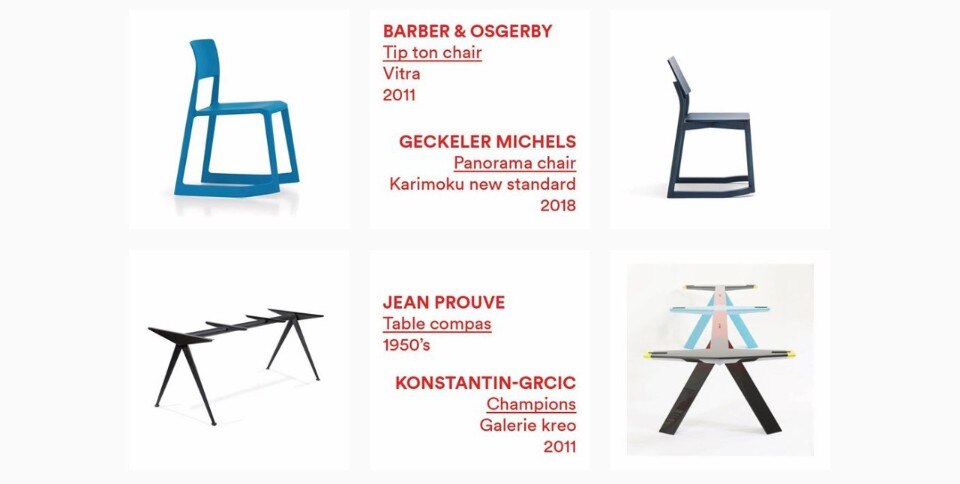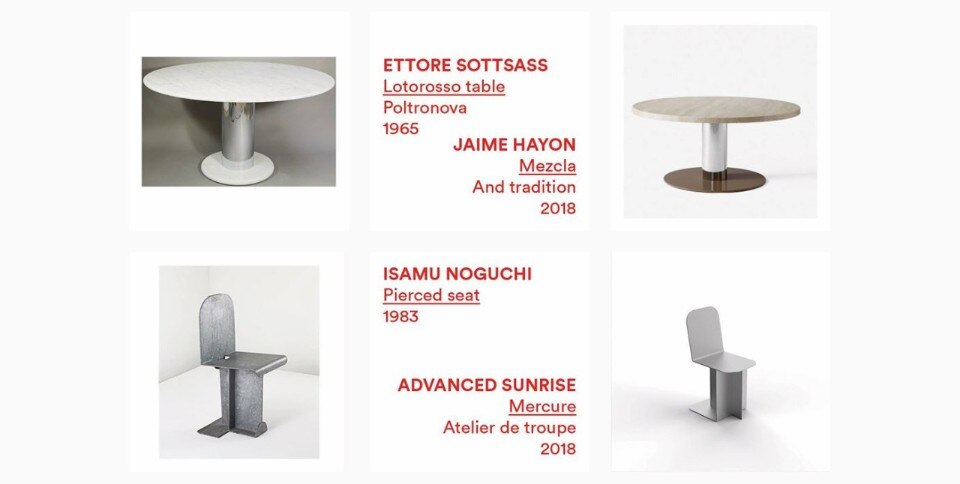In the design world, copies are a hot topic. Are they the result of a lack of global regulation? Or are digital communication and scant culture in the design sector to blame? Some people are uninterested in knowing why such resemblances exist, preferring to just record the phenomenon and bring it to the attention of an increasingly vast audience. We are talking about Twin–Pix, an anonymous collector of objects that show great similarity and are sometimes practically identical. The formula of its website and Instagram account includes no commentary at all, just two pictures side by side, captioned with the essentials.
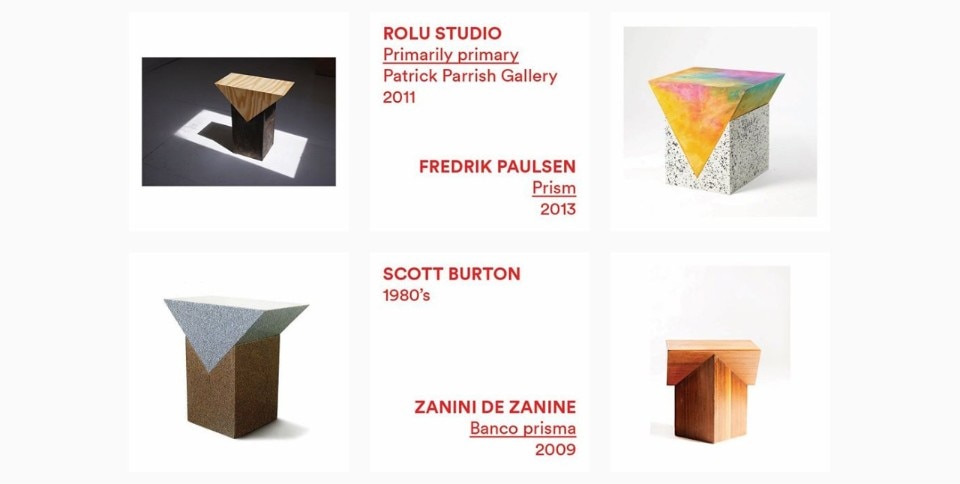
Is it just a game? Is it a tool that allows you to form an opinion, facts at hand? In some cases, the similarity is not disturbing, rather it’s like an homage to the old design masters, or a reference to a common archetype. But other times, the likeness is astounding, especially when you see the names of the designers or manufacturers behind them. At this moment in time, where design critics worth their salt are few and far between, Twin–Pix is rocking the boat, rousing anger and attracting attention.
What is Twin–Pix?
It is an observatory of past and present design. It’s a research project that aims to spotlight our design heritage.
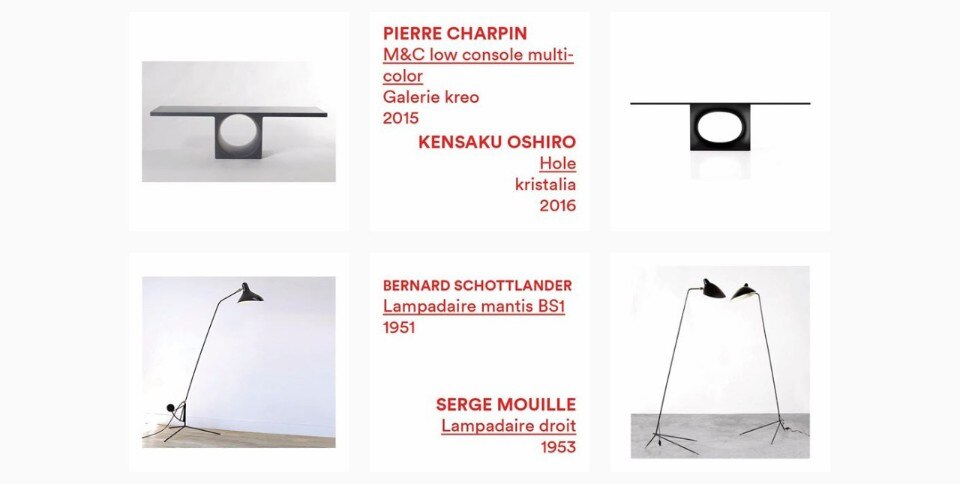
In the field of design, what is a copy and what is a reference, an homage or a family of objects?
Good question. I can’t explain the difference in few lines, but I can suggest a good book called “Ceci n’est pas une copie – Design between Innovation and Imitation” (2017), by Chris Meplon. It presents a wide selection of fascinating examples and diverse visions of copying.
Do you see yourself as an avenger of the design world or is your work is more analytic? Is your aim to uncover the unavoidable common elements, references and heritage of design? Are your twins unintentional or culpable?
Each of us has between one and seven twins around the world, according the Twin Strangers project. Based on that hypothesis, Twin–Pix is above all a pedagogic study. The goal of this endless research is not only to find a twin but also the ancestors of the family tree.
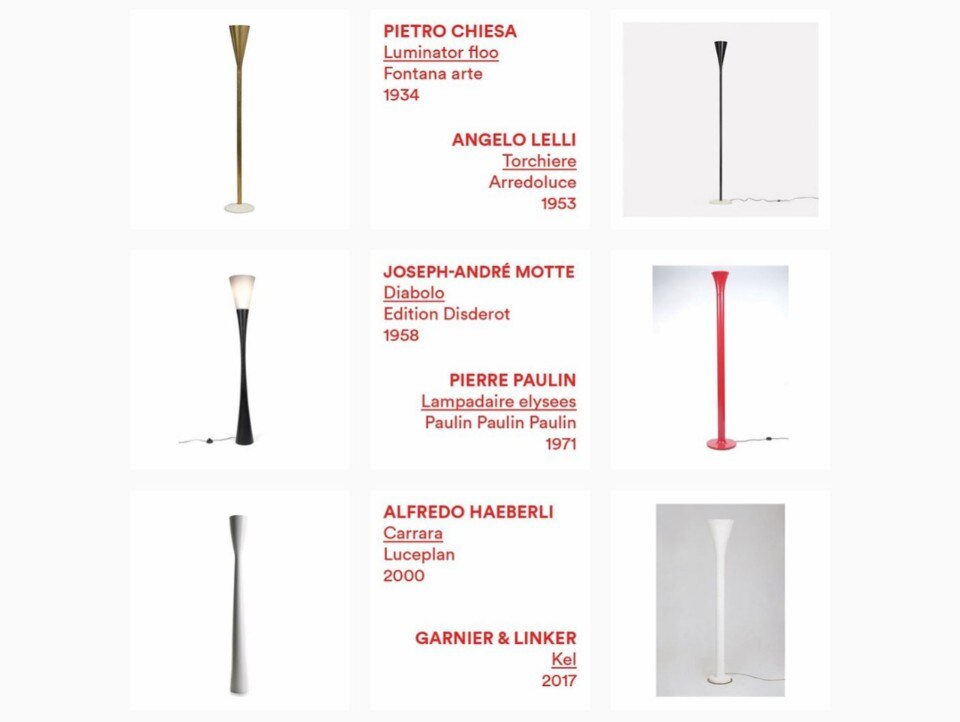
Do you receive contributions from your readers? Perhaps from designers or design professionals asking you for a statement?
Yes, sometimes I receive messages asking me to remove the comparison. Some designers feel attacked, while I just show the reality. It’s always good to receive their little notes, because it reinforces my belief in creativity.
You are anonymous. Why? Is it a subterfuge that allows you play the design critic? Who are you?
What I can tell you is that I work in the design world. I do not see the interest of disclosing my identity. I created a movement. An increasingly large number of people send me twins. There is no longer an individual, but a community that is making visible the heritage of design. I thank them for helping me create this repertory.
There is no longer an individual, but a community that is making visible the heritage of design
When did you found Twin–Pix?
Twin–Pix was born in February 2016 on Instagram. It seemed important to show the past of design and its evolution.
You consider design from the past and present. What about your sources?
I surf websites and social networks to see design objects made all over the world. Almost all the pictures are collected from the Internet; then they are classified. I’ve been doing this for a long time, so I make the connections quickly.
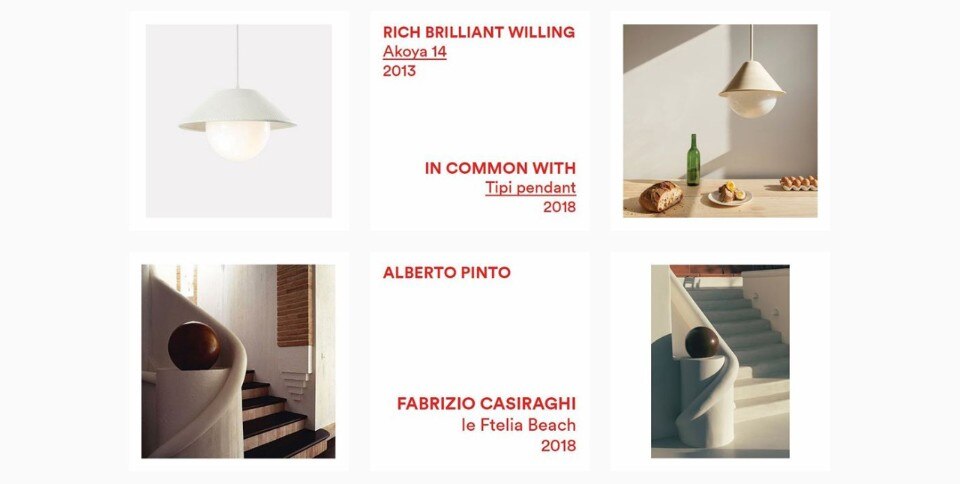
Are social networks privileged observation points? What about traditional journalism?
Social networks are changing the game, making things move faster and faster. We can see what is happening on the other side of the planet at any moment. Borders are abolished. Artificial intelligence is already doing my work on Pinterest (visual recognition) and Google Images.
You have a strong visual identity. Your Instagram account is recognisable thanks to the two pictures with a caption in the middle, where you write the names of the designs, their designers and the year. There is no other text, just an index of data. Why did you choose this formula?
Instagram has the particularity of being immediate. You see what has happened or what is being talked about. All the world uses Instagram, and it was important to have a strong identity to stand out. As for the Twin–Pix website, it is a database classified according to two criteria – functions and materials. In both cases, the designer is named, as well as the title of the work, the manufacturer and the year of creation.


